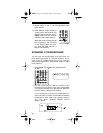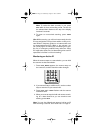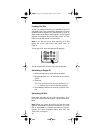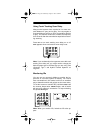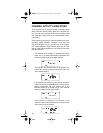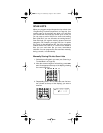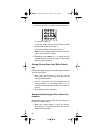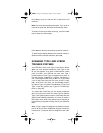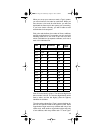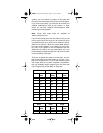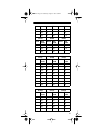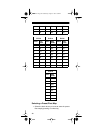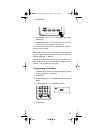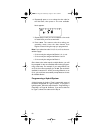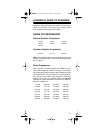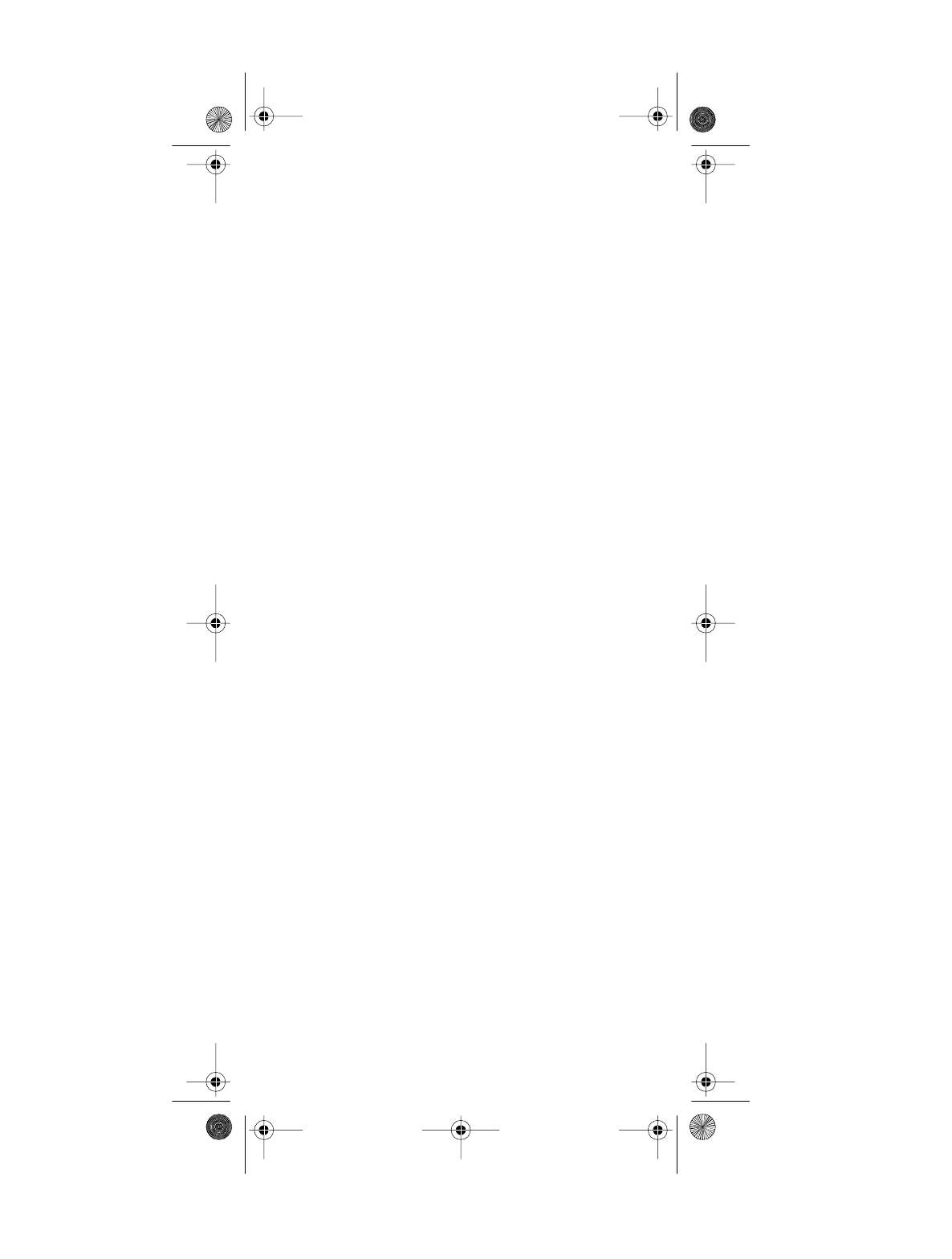
44
list indicator turns off, and the IDs in that list are not
scanned.
Note: One scan list must always be active. If you try to re-
move all the scan lists, the first scan list will stay active.
To restore a scan list to active scanning, use the number
keys to enter its number again.
Press
SRCH
to return to the scanner’s previous function.
To alternate the display between the channel activity in-
dicators and the scan list indicators, press
PRI
.
SCANNING TYPE I AND HYBRID
TRUNKED SYSTEMS
Your PRO-90 is set to scan Type II user IDs by default.
When you scan trunked frequencies, each Type II user
ID you see appears as an even number without a dash
(such as 2160). Your PRO-90 can also scan Type I
trunked systems. Each Type I ID appears as a three- or
four-digit number, followed by a hyphen, followed by a
one- or two-digit number (such as 200-14). If you notice
a mix of odd- and even-user IDs (such as 6477, 2160,
6481, 6144, and 1167), then you are probably monitor-
ing either a Type I or hybrid (a combination of Type I and
Type 2 user IDs) system (see “Types of Trunked Sys-
tems” on Page 32).
You might also notice that you are missing responses
when you hold on an active ID. Unlike Type II systems,
Type I and hybrid systems require a fleet map that sets
specific fleet-subfleet parameters. It is easy to select a
fleet map to scan; what is not always easy is selecting or
programming a map that is being used in your particular
area.
When a Type I system is designed, the address informa-
tion for all its user IDs is divided into 8 equal-size blocks,
numbered 0–7, and each block is assigned a size code.
20-520.fm Page 44 Wednesday, August 4, 1999 3:06 PM



